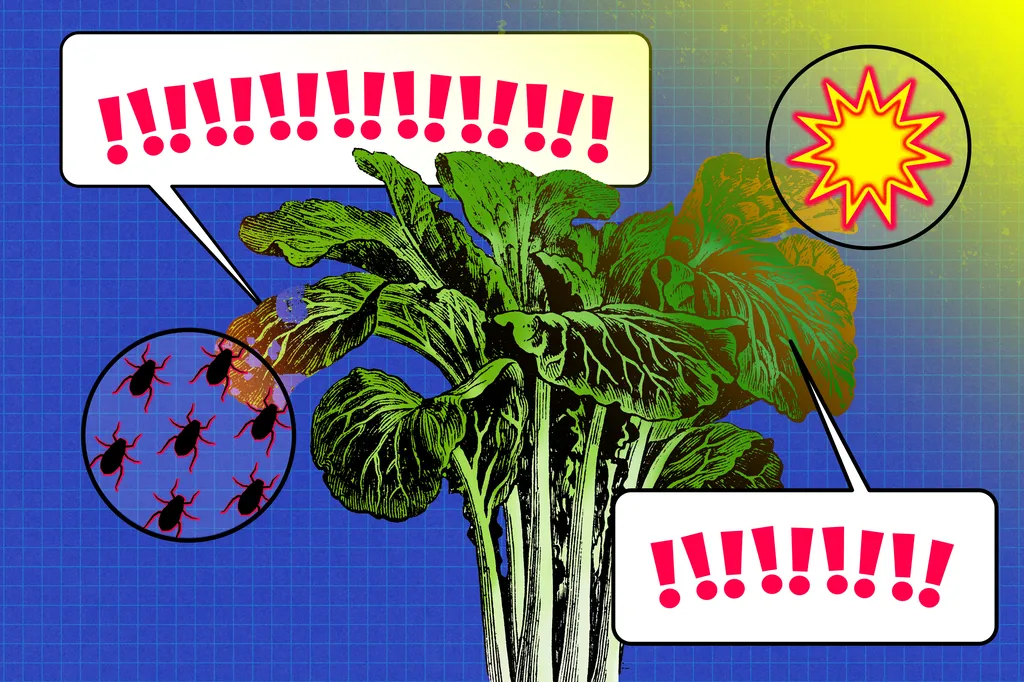In the push to make agriculture more precise, efficient, and sustainable, researchers are turning to an unexpected source of insight: the plants themselves. On a recent episode of *Ag Tech Talk* by *AgriBusiness Global*, Michael Strano, a professor of chemical engineering at MIT and co-lead of the Disruptive & Sustainable Technologies for Agricultural Precision (DiSTAP) research group, discussed how tapping into the chemical signals of crops could revolutionize farming.
Strano’s team is developing real-time, non-invasive monitoring tools that interpret the biochemical language of plants—essentially their “nervous system.” By tracking hormones like auxin, which regulates growth direction, farmers could gain instant feedback on plant health and development. This data could then feed into automated systems that adjust light, water, nutrients, and other variables in real time, optimizing conditions for any crop, regardless of origin or type.
The implications are significant. Traditional farming relies on broad, often static inputs—applying fertilizer or water on a schedule rather than in response to the plant’s immediate needs. Strano envisions a shift toward dynamic, closed-loop systems where sensors and AI continuously fine-tune the environment. This could enable faster harvest cycles, higher yields, and the ability to grow diverse crops in controlled settings, from strawberries to leafy greens, without sacrificing efficiency.
Yet the biggest hurdle isn’t the technology itself but the speed of data collection. For such systems to work, sensors must deliver information quickly enough for farmers—or eventually AI—to act before stress or disease takes hold. Strano’s work at DiSTAP, part of the Singapore-MIT Alliance for Research & Technology (SMART), focuses on bridging this gap with tools like nanosensors and CRISPR-based diagnostics.
The broader goal is clear: to close the divide between food security and sustainability by making agriculture more responsive and resource-efficient. If successful, these innovations could redefine precision farming, moving it from reactive to predictive—and ultimately, to a model where plants themselves guide their own care. The question now is how quickly these lab-based breakthroughs can scale to fields and greenhouses worldwide.

